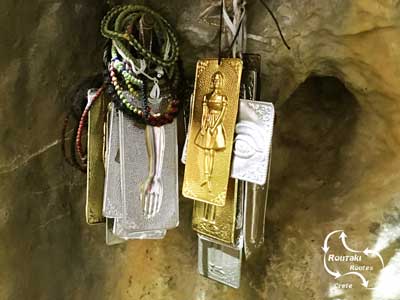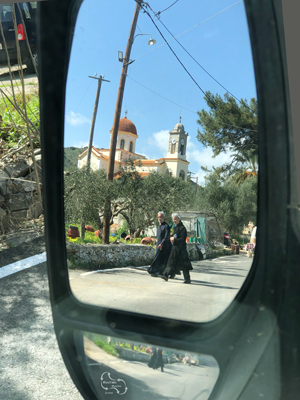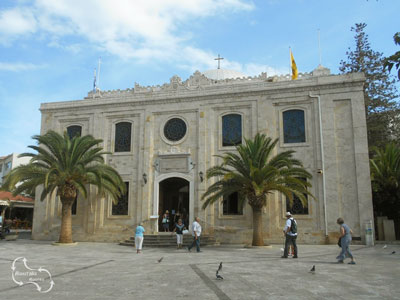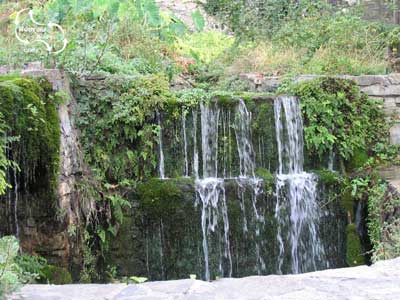For the creation of all RAGiF’s (Routaki Audio Guide info Files) a lot of research has been done on all aspects of Crete. This resulted in at least 300,000 words of information divided over the different subjects. On this page you will find links to the pages where you can read the whole (or the basic) story for the information that is played to you in audio form when you drive or walk one of the Routaki routes.

An available route where you’ll pass a beautiful church:
Route 42 nicknamed; Margarites
In the VoiceMap app you’ll find this route under the name:
Discover Authentic Crete: Heraklion to Margarites via Anogeia and Axos


Available Routaki routes:

The wells and waterfalls of Argyroupoli – have a look at in Routaki Route 32 – ‘Myriokefala’

You have the chance to visit a typical Cretan kafeneon in route 38 – ‘Agia Galini’

‘Oxi day’ on the 28th of October is e.g.mentioned in Mirtos in route 59 – ‘Kalamafka’.

